Discover Delhi's Rich Heritage Journey
Embark on this captivating journey through Delhi's vibrant streets, exploring iconic landmarks on this free walking tour that unveils the city's diverse history and culture.
Time
3 Hours
Stops
6 Places
Distance
6.1 km
Jama Masjid
One of the largest mosques in India, Jama Masjid is a stunning example of Mughal architecture and a perfect start to explore the rich history of Old Delhi.
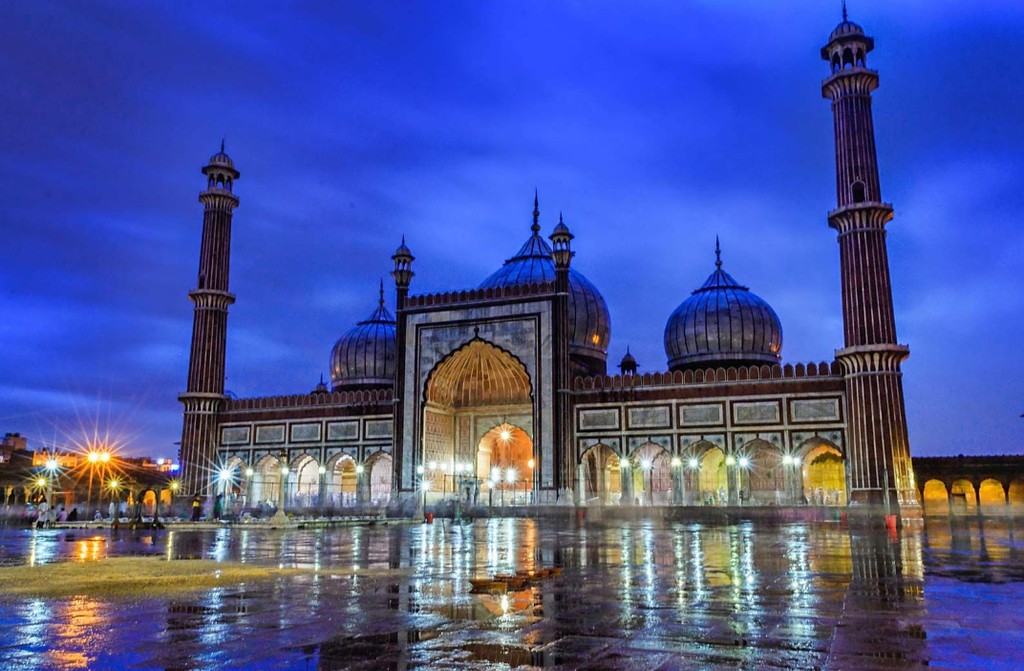
Jama Masjid (Source: Google Maps)
Jama Masjid, one of the largest mosques in India, was commissioned by Mughal Emperor Shah Jahan in 1650. This architectural masterpiece showcases a blend of Persian and Indian styles, with its grand red sandstone and white marble structure. The mosque can accommodate up to 25,000 worshippers and features intricate calligraphy and beautiful domes. Its courtyard is a serene space amidst the bustling streets of Old Delhi, and it stands as a testament to the Mughal era's architectural prowess and religious significance.
Chandni Chowk
This bustling market is one of the oldest and busiest in Delhi, offering a glimpse into the vibrant local life and culture.
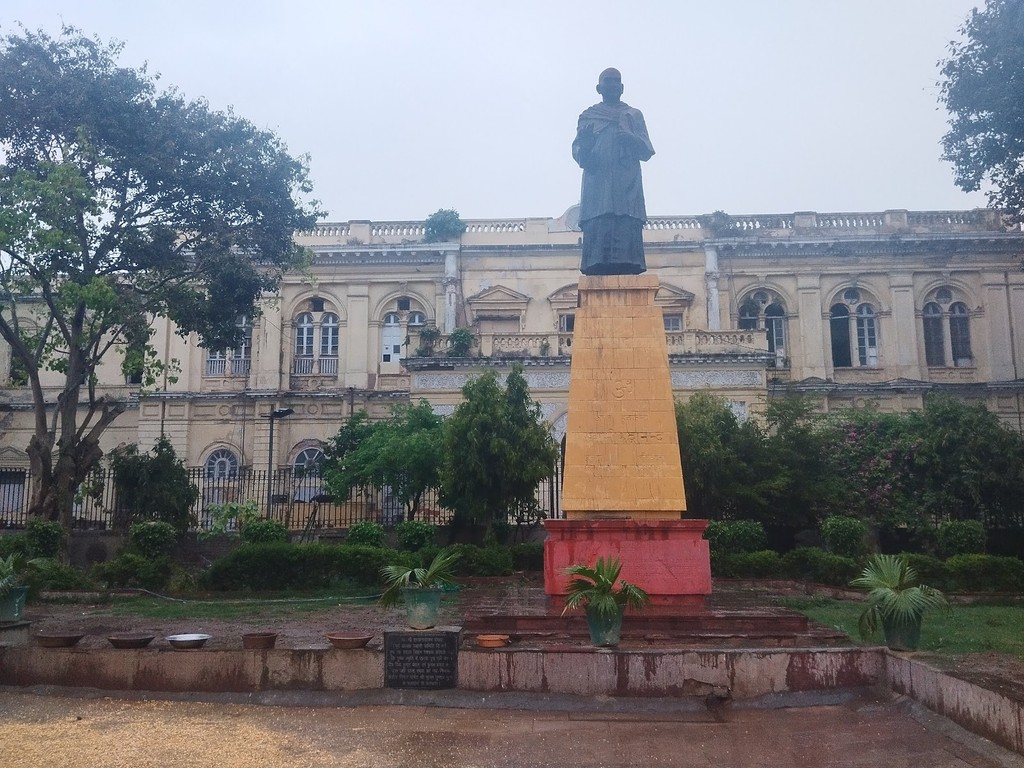
Chandni Chowk (Source: Google Maps)
Chandni Chowk is one of Delhi's oldest and busiest markets, established in the 17th century by Mughal Emperor Shah Jahan. Originally designed as a market for the royal family, it has evolved into a vibrant hub of commerce. The market is famous for its narrow lanes filled with shops selling everything from spices and jewelry to traditional clothing and street food. The area reflects the rich cultural tapestry of Delhi, with its mix of Hindu and Muslim influences, and is a must-visit for those wanting to experience the local life.
Gurudwara Sis Ganj Sahib
A significant Sikh temple, Gurudwara Sis Ganj Sahib provides insight into the religious diversity and community service ethos of Delhi.
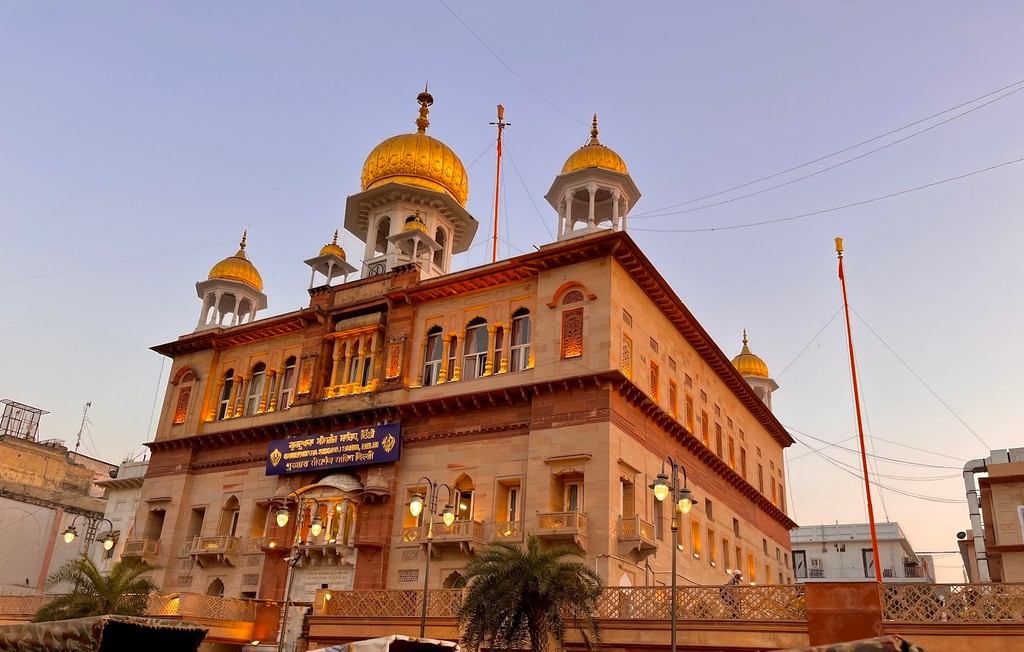
Gurudwara Sis Ganj Sahib (Source: Google Maps)
Gurudwara Sis Ganj Sahib is a prominent Sikh temple located in Old Delhi, commemorating the martyrdom of Guru Tegh Bahadur, the ninth Guru of Sikhism. Built in 1783, the gurudwara serves as a symbol of religious tolerance and community service. The architecture reflects traditional Sikh design, with a stunning golden dome and ornate interiors. Visitors can partake in the langar, a communal meal served to all, regardless of background, highlighting the Sikh values of equality and service to humanity. It stands as a beacon of peace and inclusivity.
Red Fort
A UNESCO World Heritage Site, the Red Fort is a symbol of India's rich past and its grandeur is a must-see for any visitor to Delhi.
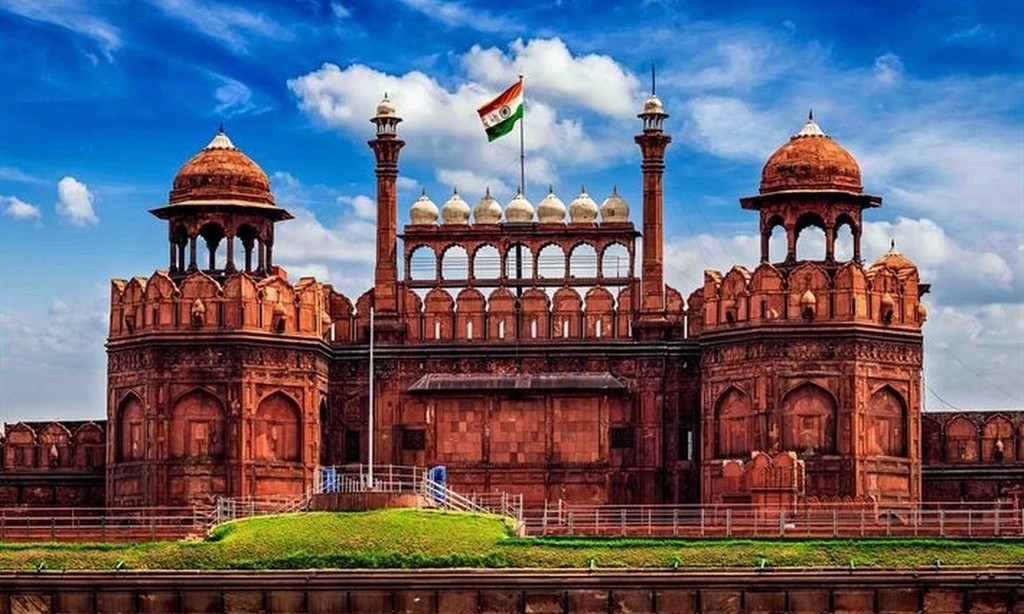
Red Fort (Source: Google Maps)
The Red Fort, a UNESCO World Heritage Site, was the main residence of the Mughal emperors for nearly 200 years. Constructed in 1638 by Shah Jahan, its massive walls of red sandstone enclose a complex of palatial buildings, gardens, and mosques. The fort is an exemplary representation of Mughal architecture, blending Persian, Timurid, and Indian influences. It played a crucial role in India's history and continues to be a symbol of India's sovereignty, especially during the annual Independence Day celebrations when the Prime Minister hoists the national flag from its ramparts.
Raj Ghat
The memorial of Mahatma Gandhi, Raj Ghat is a serene spot that offers a moment of reflection amidst the city's hustle and bustle.
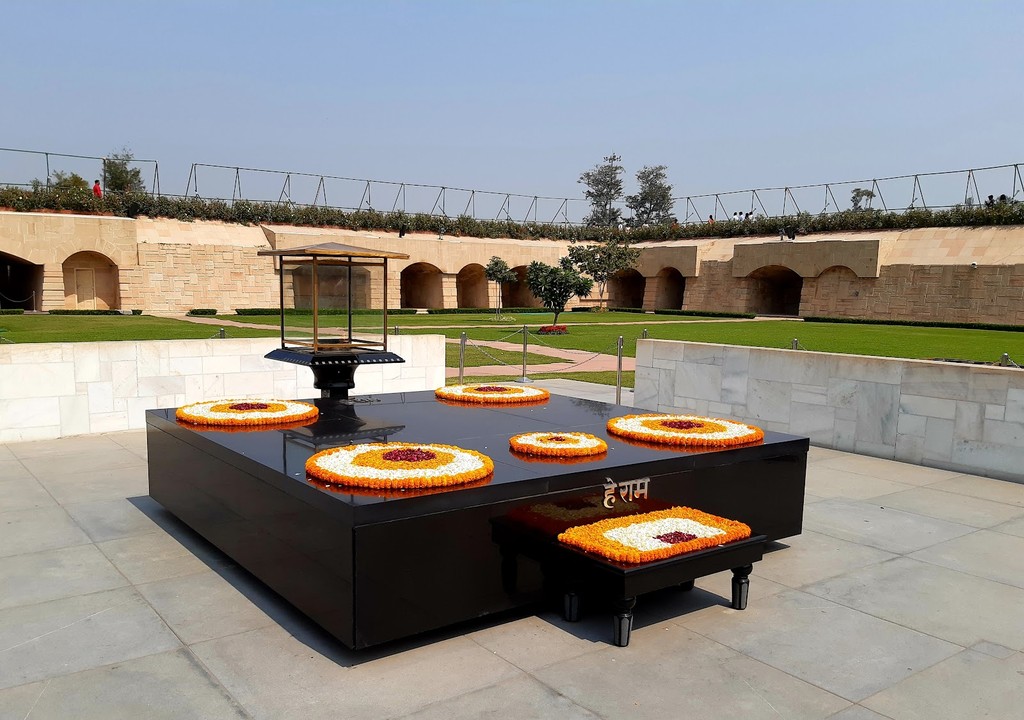
Raj Ghat (Source: Google Maps)
Raj Ghat is the memorial dedicated to Mahatma Gandhi, located on the banks of the Yamuna River. This serene site features a simple black marble platform that marks the spot where Gandhi was cremated in 1948. Surrounded by lush gardens, the memorial serves as a place of reflection and respect for those who visit. It is an important site for commemorating Gandhi's contributions to India's independence and his philosophy of non-violence. Visitors often pay homage to the Father of the Nation, making it a poignant part of any tour of Delhi.
National Gandhi Museum
This museum houses an extensive collection of books, journals, and personal relics of Mahatma Gandhi, enriching the understanding of his life and philosophy.
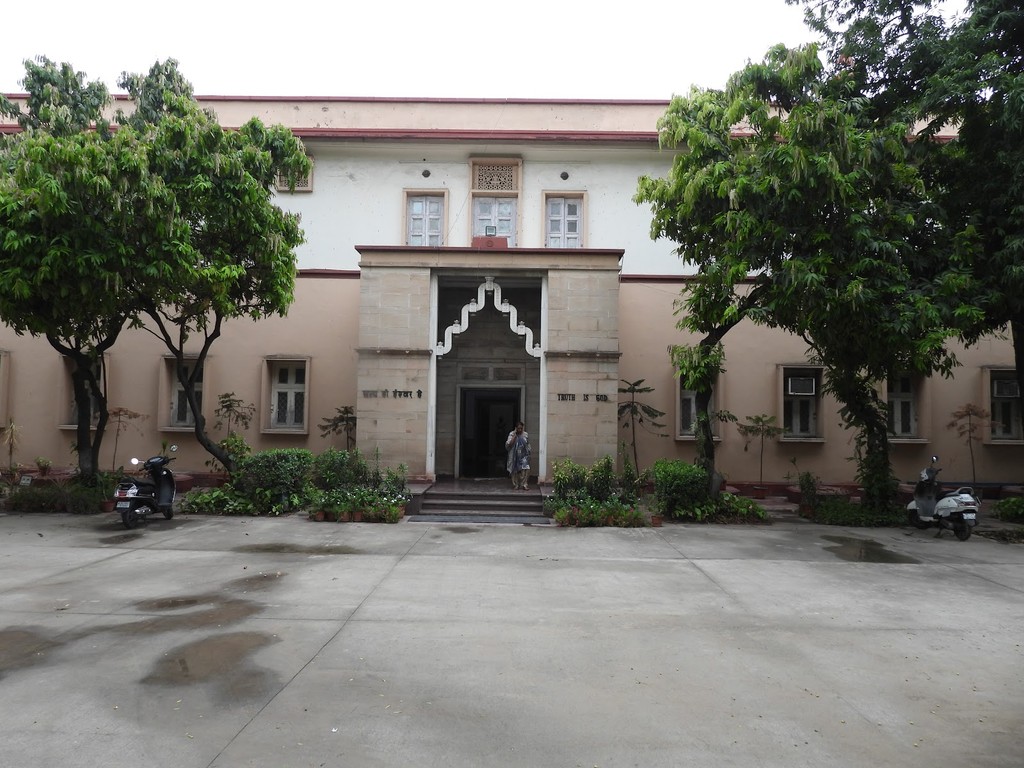
National Gandhi Museum (Source: Google Maps)
The National Gandhi Museum, located near Raj Ghat, houses an extensive collection of artifacts related to Mahatma Gandhi's life and philosophy. Established in 1961, the museum features a variety of exhibits, including photographs, letters, and personal belongings of Gandhi. The collection provides insights into his thoughts on truth, non-violence, and civil rights, showcasing his impact on India and the world. The museum serves as an educational resource, promoting the values of peace and social justice that Gandhi championed throughout his life.

Your travels, your rules.
Create your own Free Walking Tours.
Set your preferences, distances and anything you want to do or see.
Completely free, no payment required.